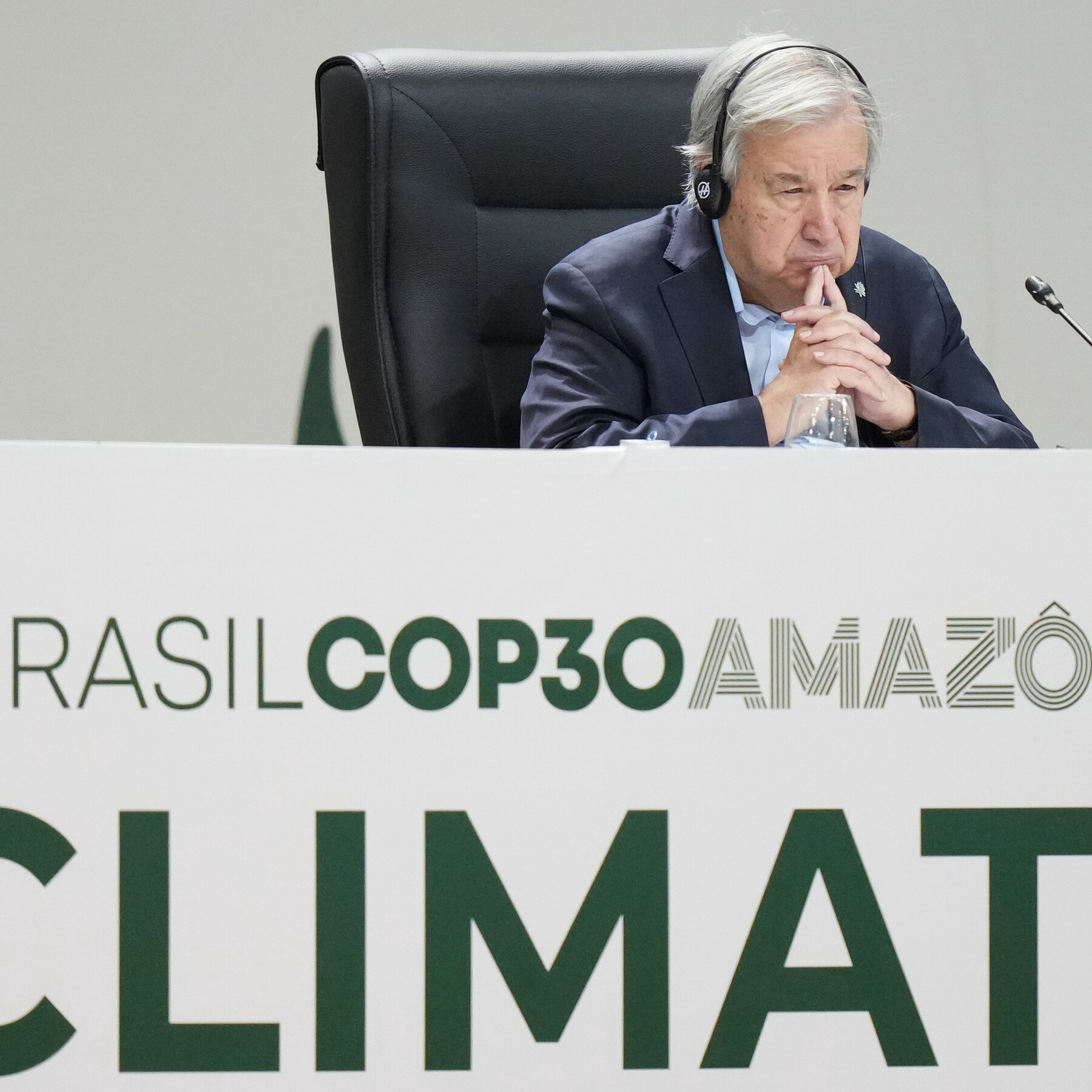New Forecast Signals Uncertainty for Peak Oil Demand
The International Energy Agency (IEA) once painted a clear picture: global oil and gas consumption would plateau by 2030, hinting at a turning point in the fossil‑fuel era. Recent statements, however, suggest the agency is pulling back on that confident timeline—though not entirely abandoning it.
IEA’s Earlier Outlook
In its 2021 World Energy Outlook, the IEA projected that rising efficiency, electrification, and stricter climate policies would cause oil demand to level off around the end of the decade. The report warned that without this slowdown, the world would struggle to meet the Paris Agreement targets.
Why the Forecast Is Changing
Several factors have prompted the agency to rethink its 2030 ceiling:
- Economic Recovery: Post‑pandemic growth, especially in emerging markets, has revived demand for transport fuels.
- Policy Delays: Some regions have postponed or softened carbon‑pricing mechanisms, slowing the shift away from oil.
- Technology Gaps: While electric vehicles are gaining traction, large‑scale adoption—particularly in heavy‑duty sectors—remains slower than anticipated.
Consequently, the IEA now suggests that oil demand may continue to rise modestly beyond 2030 before eventually flattening, rather than hitting a hard peak this decade.
Implications for the Energy Transition
This revised outlook adds a layer of complexity to the global energy transition:
• Investment Decisions: Oil‑producing nations and companies may delay diversification plans, betting on continued demand.
• Climate Goals: Policymakers will need to accelerate measures—such as stricter emissions standards and expanded renewable incentives—to keep the 1.5°C pathway within reach.
• Market Volatility: Uncertainty around demand trajectories could lead to more pronounced price swings, affecting both producers and consumers.
In short, the path to “peak oil” is becoming increasingly cloudy. While the IEA’s softened forecast does not spell the end of oil demand in the near term, it underscores the urgency for decisive climate action and faster deployment of clean‑energy technologies.




Petrol talebinin 2030 yılında zirveye ulaşacağı öngörüsü artık net değil. İklim hedeflerine ulaşmak için daha hızlı adımlar atılması gerekiyor.